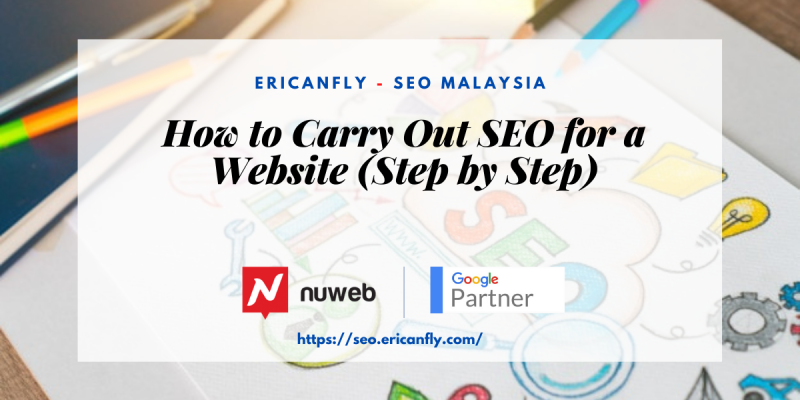SEO is a collection of tactics, methodologies, and procedures that work together to improve your website’s exposure on search engines. These high rankings in Google, Bing, and other search engine results enhance the amount of people who visit your website. In a nutshell, SEO for a Website is both a science and an art form that drives large traffic to a website for free.
I hope you now have a better knowledge of SEO, which you hear about all the time on the internet. So, let’s take it a step further and learn “how to use SEO to achieve effective outcomes for your firm.” In this post, we’ll present a satisfying answer to this problem in a step-by-step fashion so that you may acquire the best website possible.

Contents Page
How to Do SEO for a Website in an Efficient Manner
- Website Evaluation:
- Analysis of Competitors:
- Keywords Investigation:
- Meta Descriptions:
- URL Composition:
- Image Enhancement:
- Create a Site Map:
How to Do SEO for a Website in an Efficient Manner
Go through and follow the step-by-step method below to implement result-oriented SEO for your website. This will surely help you achieve excellent outcomes for both the site and your firm.
- Website Analysis: The first stage in the design process is to analyse your website. It comprises investigating the site’s off-page, on-page, backlinks, history, mistakes, structure, and a number of other factors. As a result, you’ll need to hone your analytical abilities, which will help you decide where and what to put on your website to boost traffic. Using it to analyse your website will offer you a sense of its present status and the efforts you will need to make to expand it.
- Competitor Analysis: This work will assist you in understanding your website’s current position in comparison to the competitors. It is advised that you investigate the websites that show at the top of search engine results. This will make you aware of a number of things, such as;
- What is the number of backlinks on the most popular websites?
- What keywords and phrases do they employ?
- What are the keyword and internal link tactics for the site?
- What makes their content stand out and drive traffic? Or maybe even more.
Acquiring the aforementioned details is critical in modifying your website so that it may outperform your competitors and get high rankings.
- Keyword Research: The most significant operation in SEO is keyword research, which comprises selecting and evaluating a list of relevant phrases in order to rank the content. You may study and discover the search keywords that people commonly type into Google’s search box when searching for a specific question. Then, as your primary keyword, create content with these search phrases in mind. There are several keyword research tools available online. Choose one to find out more about search volume, keyword variants, current trends, and other subjects. Some of the most popular (free) keyword research tools are as follows
- Combination Ninja Search
- Google AdWords Keyword Planner
- Spy is a keyword.
- WordTracker
- Ubersuggest
- Meta Tags: After you’ve finished your keyword research, the next step is to concentrate on Meta Tags. A meta tag is a piece of text that informs search engines about your website’s content. They do, however, reside in the page’s code and do not display on the webpage, but they should be distinct and engaging. This is done in order for Google or other search engines to understand “what your website is all about” in a convincing way.
- URL Structure: The URL structure you build must be simple and easy to understand. It should also specify your desired term. It is advised since complicated URLs confuse search engines and make your website less user-friendly for visitors.
- Image Optimization: Images are in high demand these days. A photo on your website might be worth a thousand words and attract a lot of attention. As a consequence, attempt to put some engaging, colourful, and one-of-a-kind photos in between the articles and blogs on your website. Remember to optimise the images by adding the relevant alt tags and reducing the file size. Your alt tags do not display on the web pages. They are used to alert search engines about the picture you have placed in your article. This also makes it possible for people to discover images (on your website) by their names.
- Create a Site Map: A sitemap is an HTML or XML file that includes a full list of all the URLs on your website. The Site Map, which is an important file, will help search engines recognise your websites as well as crawl and list your website in the top search results. As a consequence, make an effort to collect all of the information on such helpful sitemaps and develop one that is appropriate for your site.
For more information about SEO Malaysia, please visit https://seo.ericanfly.com/


